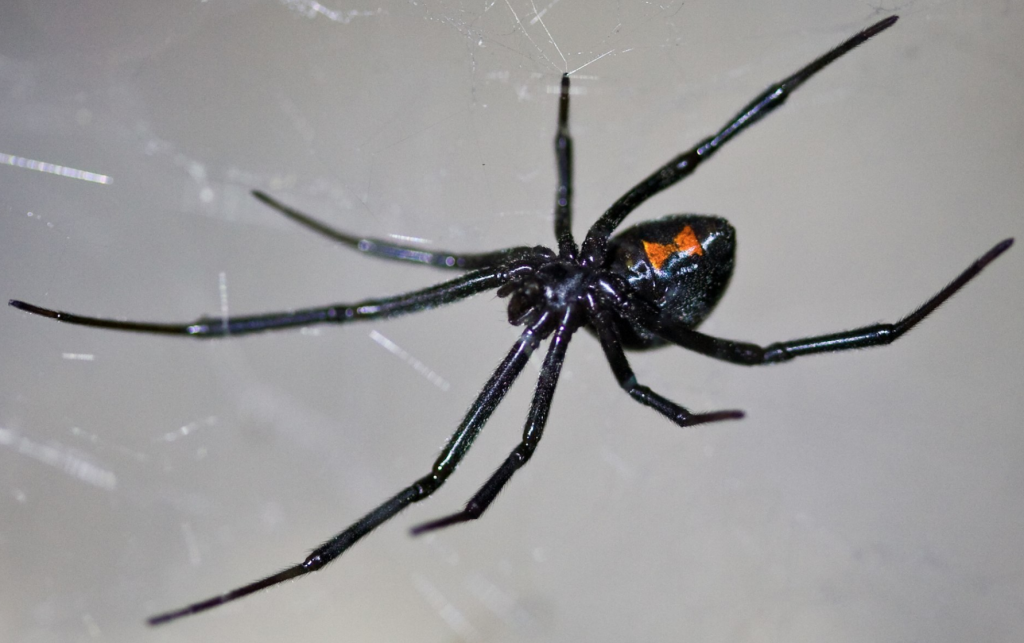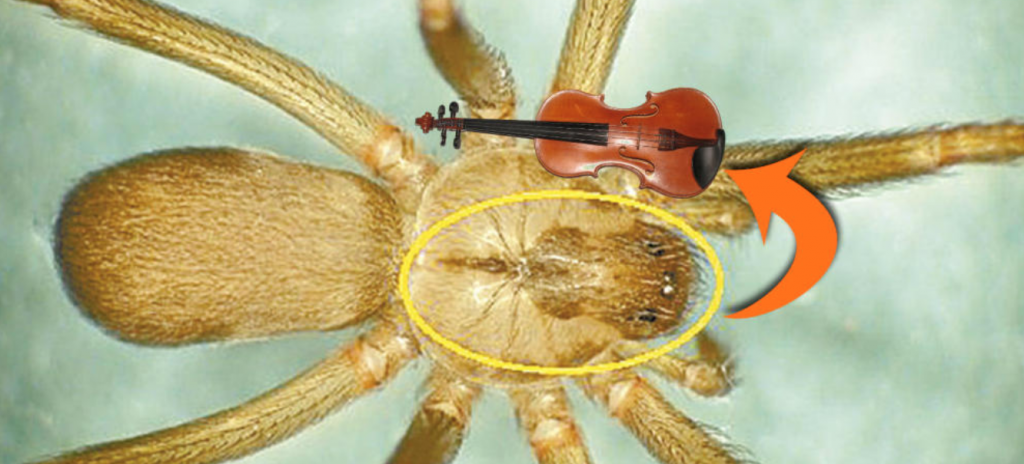Spiders are not aggressive creatures. Believe it or not, they are as afraid of human beings as we are to them.
However, there are instances when they can cause nuisances in the household, interfering with our daily activities. They might start to cause stress and pain.
The only time that spiders show their aggressive nature is when they are provoked or agitated. This usually happens when we attempt to get rid of them. They retaliate in return. When they do this, they resort to biting and secrete spider venom into the skin.
If you enjoyed our last journey covering the differences between bee and wasp venom, join us for a new venomous journey, and the biochemistry behind it!
Are Spider Venoms Usually Very Dangerous?
The spider venom is a mix of a lot of chemicals. Usually, spider bites are not as deadly as people think. The composition of their venom is often only enough to paralyze small animals.
So the short answer is no, besides some species that can be very dangerous or even deadly, in most cases, there is no reason to panic if bitten by a spider.
However, there are spider species like the black widow spider (Latrodectus) and the brown recluse spider (or brown fiddler) that causes more than just skin allergies. Their venom is composed of more fatal components. Those can lead to necrosis, severe skin infections, or worse. So let’s discuss what it comprises so we know how to deal with it.

What Are the Components of a Spider Venom?
The venom is released through the spider’s fangs called “Chelicerae” as they bite. These are usually composed of the following substances.
- Venomous Peptides: A variety of peptides (small-chain proteins) are the major components of the spider venom, some of these are venomous and in a dose high enough to harm humans, in some cases. These peptidic toxins can serve many purposes. Among these, paralyzing small animals, or help the spider in the digestion process.
- Enzymatic and Non-Enzymatic Proteins: These, on the other hand, have a high molecular weight that usually act as agents to help spread the venom throughout the body of the bitten creature.
- Small Molecules: Different mixtures and concentrations of active small molecules can bee found in venom. The most notable ones act as neurotoxins or necrotic agents. Other active compounds like serotonin can also be found in spider venom.
- Other Components: Spider venom has other more common substances like salts, biogenic amines, and carbohydrates. All of these contribute to might contribute to producing pain, or have other functions.
Most people develop an allergic reaction to many of these chemicals because they are foreign agents. Plus, these can dissolve tissues and cause pain. Depending on the components of the venom, it can either be categorized as a cytotoxin- or neurotoxin-based venom. So what is the difference?
Spider Venom: Is it Cytotoxins or Neurotoxins?
Two types of spider venom are found as harmful and dangerous to people. This includes venom composed mainly of cytotoxins and venom that consists of neurotoxins. The difference between these two types is obviously the nature of the main chemical components found within them and the physical damage that they cause to humans.
Cytotoxins
Cytotoxins are substances that have a toxic effect on cells.
Cytotoxins have enzymes and linear peptides that damage the cells and tissues of the prey. Insects that are charged with this venom are liquefied for the easy ingestion of the spider. In the case of humans, cytotoxins create blisters, inflammation, or lesions on the skin surrounding the bite (necrotic bite). Loxoscelism is the condition where necrosis of the skin and the spread of red blood cells occur. Other symptoms of this condition include fever, headache, and vomiting. Some of the spiders that secrete cytotoxins dangerous to humans include the recluse spider and the South African sand spider.

Neurotoxins
Neurotoxins have a toxic effect on cells, but only a specific type of cells: neurons. They are destructive to nerve tissue.
Neurotoxins present in spider venom usually are proteins, disulfide-containing peptides, or polyamines. These chemicals paralyze and then kill the prey. They attack and immobilize the nervous system. Animals can die because of neurotoxins but rarely does it happen to humans. Only in extreme situations neurotoxins from spider venom kill people.
The condition known as Latrodectism is caused by neurotoxic venom that can cause muscle cramps, pain in the abdomen or chest, vomiting, and sweating. Out of the two kinds of venom, this is the most dangerous of all. The black widow spider or red back spider, the Brazilian wandering spider, and the Australian funnel web spider all have neurotoxins that can potentially harm humans.
What to Do When Bitten by a Spider
Generally, spiders are harmless, but being bitten by a spider is a whole different story. The type of spider should be considered when treating a spider bite. And in extreme cases, the spider should be captured to identify the venom for the proper medical attention. This is many times not possible, so it always helps to have in mind the clearest description possible of how the spider looks like. As we said, almost always, spiders will only attack and bite when disturbed, so there should be not such thing as getting bitten while sleep without realizing.
The first aid treatment to a spider bite is to wash the affected area with soap and water. When the bite is painful and inflamed, a cold compress on the wound can be helpful. Antihistamines and analgesics can be used to reduce pain and swelling.
Immediate medical attention is needed as soon as symptoms are detected, especially if the bite of the spider has neurotoxins or necrotic substances. The bite of the Australian funnel web, the red back spider, and the Brazilian wandering spider can be fatal to humans.
In any case, what you should not do is panicking. In most cases you are going to be perfectly fine even without serious treatment. But better be safe than sorry and if you spot any serious symptom, go get it checked out.
About the author
Jenelly Laroco is a writer for Go-Forth Pest Control. She writes about pests and how to get rid of them safely but effectively using environmentaly-friendly methods.

I moved a 20-gallon pot but before I moved it, there was a black spot and a smaller red spot. I moved it with my foot and the spider, literally, vanished. I left the pot alone and told my wife as I knew black widow spider bites are no joke. So, how do I get rid of the spider? We need the pot for a big meal with relatives in about 3 weeks.